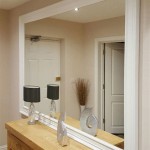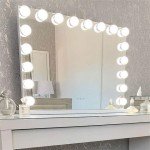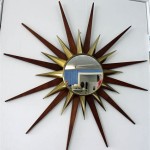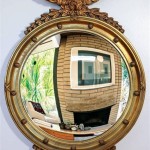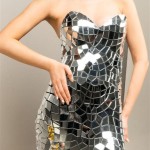Do Mirrors Invert Images?
The question of whether mirrors invert images is a fundamental aspect of understanding the nature of light and the way it interacts with reflective surfaces.Mirrors play a very crucial role in our daily life, we use them to check our appearance, adjust our clothing, and even to decorate our homes. But how do mirrors work? Do they actually invert images? To provide a comprehensive understanding of the topic, this article will delve into the essential aspects of mirror image inversion, exploring the underlying principles, and implications for our perception.
When an object is placed in front of a mirror, the light rays emanating from the object are reflected off the mirror's surface. These reflected rays are then perceived by an observer standing in front of the mirror, resulting in the formation of an image. It is commonly believed that mirrors invert images laterally, meaning that the left-right orientation of the object is reversed.
However, it is imperative to clarify that mirrors themselves do not possess the inherent ability to invert images. The inversion of an image is, in fact, a consequence of the human visual system and our perception of depth. When an object is placed in front of a mirror, the light rays reflected from the object travel to the observer's eyes. These rays intersect at a point behind the mirror, forming an inverted image on the observer's retina.
The human brain interprets this inverted image as if it were coming from a symmetrical object placed behind the mirror. This is due to the brain's ingrained understanding of the world and its ability to make assumptions about the direction of light rays. Therefore, the perceived inversion of an image in a mirror is not a physical property of the mirror itself but rather a psychological phenomenon arising from our visual perception.
Furthermore, it is essential to distinguish between plane mirrors and curved mirrors. While plane mirrors produce laterally inverted images, curved mirrors can produce a variety of image types, including upright and inverted images. In the case of convex mirrors, which have a curved reflecting surface that bulges outward, the reflected images are always upright but smaller than the original object.
In summary, mirrors do not inherently invert images. The inversion of an image in a mirror is a consequence of the human visual system and our perception of depth. Plane mirrors produce laterally inverted images, while curved mirrors can produce various image types depending on the curvature of the reflecting surface. Understanding these essential aspects of mirror image inversion is crucial for comprehending the nature of light, reflection, and the complex relationship between our visual perception and the world around us.

Why Do Mirrors Reverse Left And Right Wired
Why Does A Mirror Reverse Things Horizontally But Not Vertically Quora

Do People See You Inverted Your Questions Answered

Laterally Inverted Convex Mirror

Reflection Of Light In A Mirror Lateral Inversion Physics
Why Does A Mirror Reverse Things Horizontally But Not Vertically Quora

Do People See You Inverted Your Questions Answered
Is It Possible To Make A Mirror That Does Not Reverse Left And Right Quora

How Mirrors Work Explain That Stuff

Laterally Inverted

